Here’s an odd fact about me. I believe in aliens. As in, I actively believe that life exists elsewhere in the universe. Not in the big-eyes green-head martians we see on tv, but in that there is life, and living creatures, somewhere else in our universe.
I hear a lot of people who don’t believe in this, though. While that’s fair, and everyone is absolutely entitled to their own beliefs, our universe is far too big, and we have seen far too little of it, to immediately dismiss the idea of extraterrestrial life.
Within our own small observation of our universe, we have already found a couple of planets that have ideal conditions where they could possibly house life.
Now, most of these only contain conditions that we as humans know to be livable. Undiscovered alien life could live in conditions that we would never even consider. For example, we assume all life needs warmth, and oxygen, but that might not be the case.
Life on Mars: Bowie?
The first one, is our own planet Mars. Since 1976, NASA has been doing research to try to prove that life could exist on Mars. In 1976, scientists received a transmission from a spacecraft they had on Mars, whose data showed signs of life. While this was dismissed as a fluke, since then NASA has been focused on the possibility of life on Mars.
In 2015, it was discovered that while most of the water on Mars was in in the form of frozen ice, that flowing water could be found on the planet. Flowing water is a promising sign, since it could mean that where there’s water, we might be able to find something more.
In February of this year, NASA did an experiment to determine if bacteria could exist on Mars. Since the planet is so incredibly dry, they used the Atacama desert in Chile, also known as the driest place on Earth, as a reference. It’s conditions were deemed the most similar on Earth to that of the Martian surface. Previous work had been done to try to find life, and the bacteria they had found was believed to have come from somewhere else on accident. However, when the scientists were able to come to the desert after one of the incredibly rare rainstorms, they found life. Microbes had adapted to survive in the desert. So if something could survive in the desert, why not Mars?
Europa
Another subject of potential life is Europa, one of Jupiter’s moons. While the conditions there are incredibly cold, NASA has gotten good news in terms of what lies under the frozen surface of the planet, good enough for them to deem the moon as “Perhaps the most promising place to look for present-day environments suitable for life.” What they found? Water. And a lot of it.
Under the thick icy crust of the planet, an ocean exists that goes deep in the planet. Incredibly deep. Scientists estimate that the total depth is somewhere between 40 and 100 miles deep. For reference, on Earth, our deepest ocean is just under 7 miles deep. If we can’t even imagine what lies on the bottom of our own oceans, there’s no telling what could exist in that ocean under the ice. But scientists are certainly excited.
Trappist 1
In 2017, NASA released an incredibly exciting discovery to the public. The discovery of the habitable conditions of a nearby solar system: Trappist 1. Located about 39 light years away from our solar system, it is far, but the conditions are deemed incredibly similar to Earth, and NASA has deemed that most of the 7 planets could sustain life on them.
It is a small solar system, with the sun just a little larger than Jupiter. Each of the 7 planets is close enough to the star to fit in between the distance from our Sun to Mercury. The orbital period of the furthest planet from the star is 18.76 days. Their year lasts a little over half of one of our months.
Nevertheless, it’s certainly an exciting find. And while none of us might live there, something else certainly could.
The "Wow" Signal
The Universe we live in is estimated to be around 46 billion light years large. That’s larger than we can even begin to comprehend, but it’s believed that universes can possibly exist past that. We have an infinite amount of space out there, and it’s too big for Earth to be the only anomaly.
There are about 100 billion galaxies in our universe. In our own galaxy, the Milky Way, there is an estimated number of 100 billion stars, each in varying size and shape to our own Sun. But each of these billions of stars could, and most are, similar to our Sun in that they have planets orbiting them. Just like our incredibly livable Earth orbits our Sun.
So in these trillions of planets that exist within our galaxy, and the trillions of billions more that exist in our Universe, we can’t be the only one with life. Somewhere else out there has to have life.
We’re not alone; it would be almost impossible for us to be.

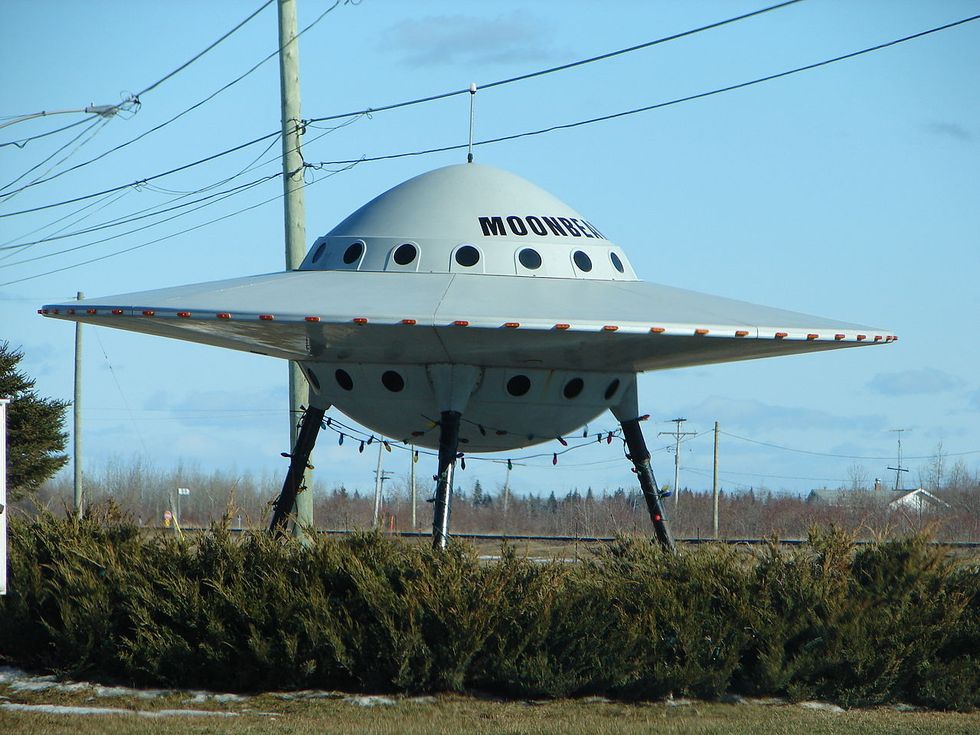
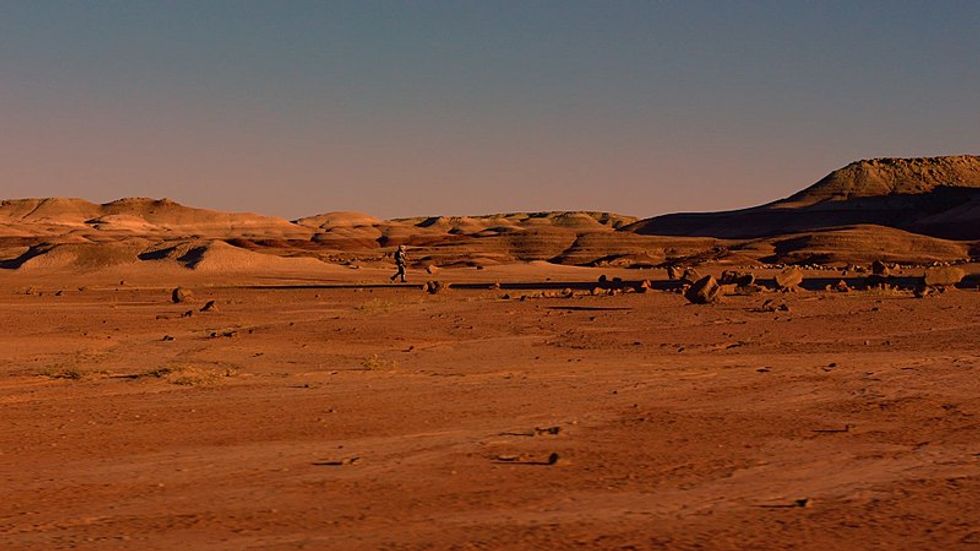
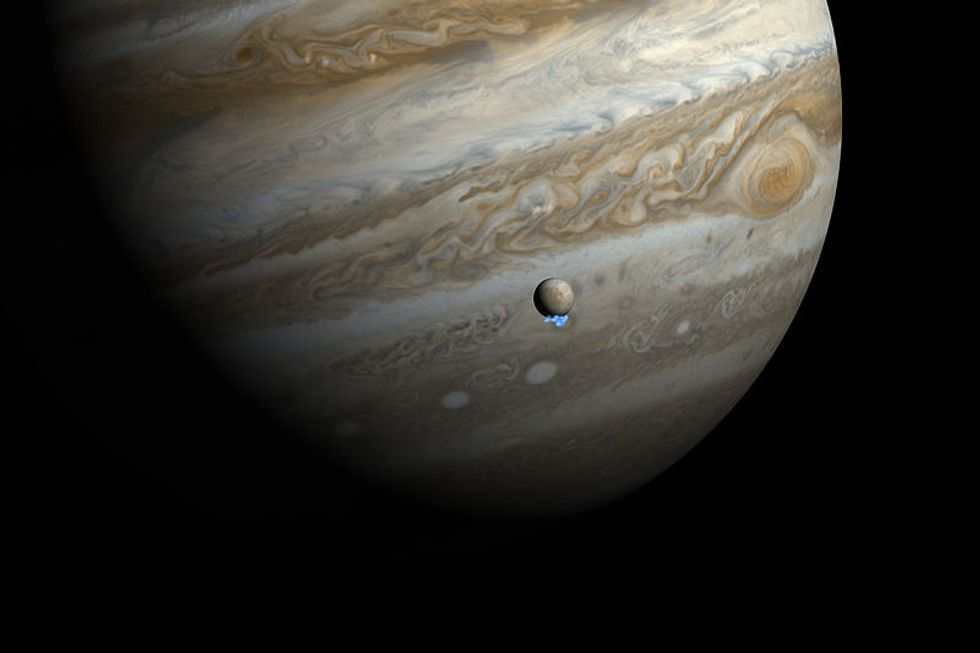
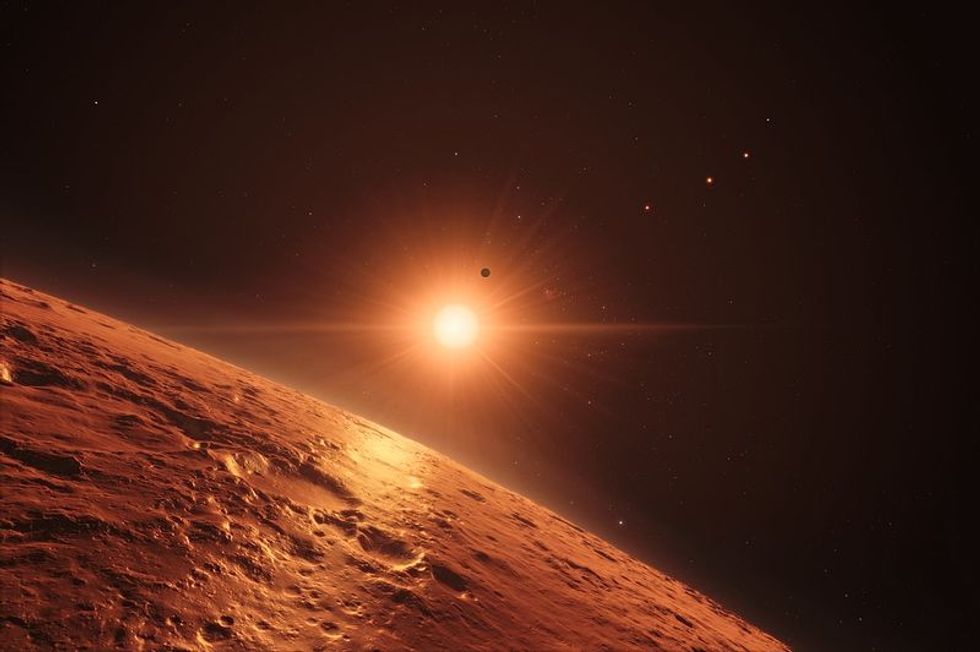
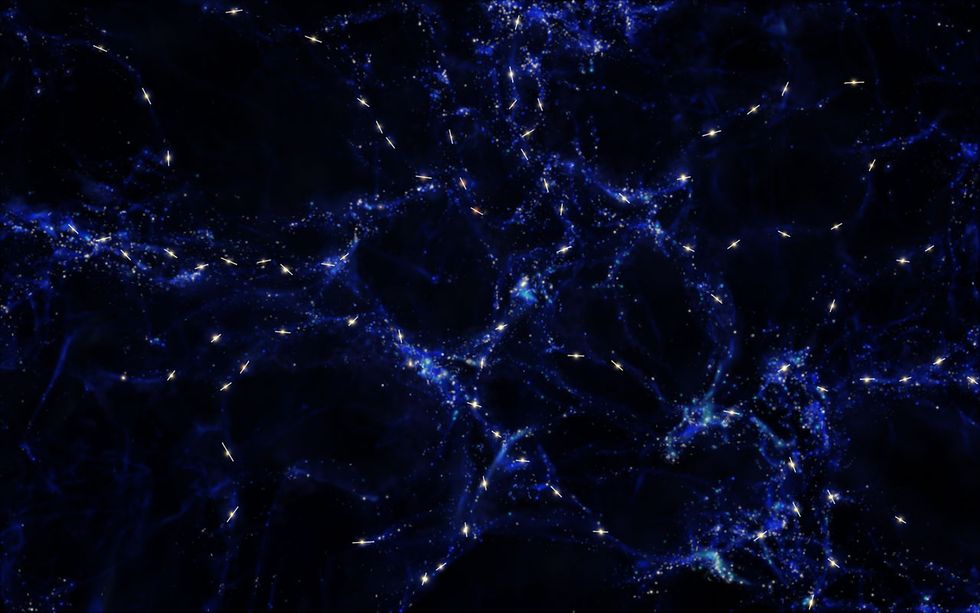
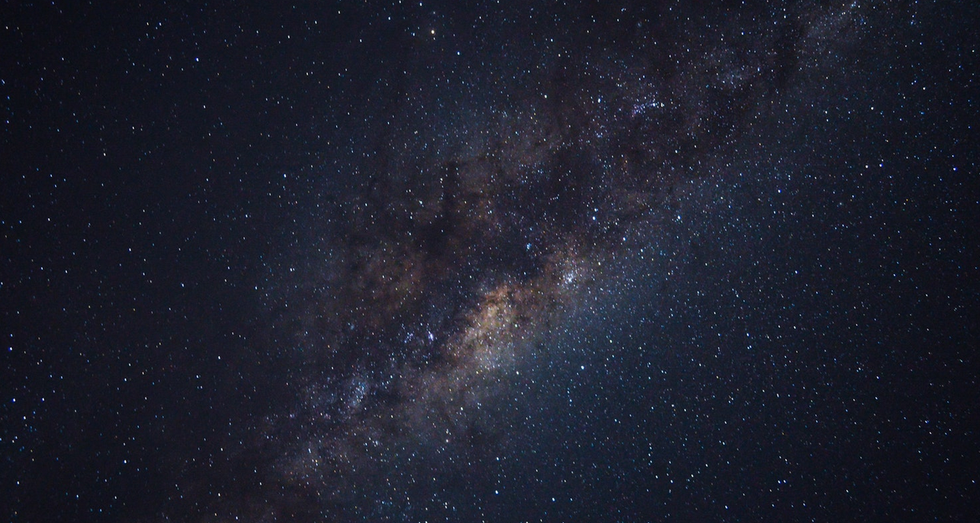




 The minimum wage is not a living wage.
StableDiffusion
The minimum wage is not a living wage.
StableDiffusion
 influential nations
StableDiffusion
influential nations
StableDiffusion












